[이데일리 김혜선 기자] The James Webb Space Telescope (JWST), located in space 1.5 million kilometers from Earth, is the pinnacle of human space science and technology. While the Hubble Space Telescope observed the visible light region visible to the human eye, James Webb expanded the human field of view by observing the near infrared (0.6-5㎛) and mid-infrared (5.5-25㎛) regions. 5㎛).
James Webb can only perform observation tasks for 6,000 hours in one cycle (cycle 1). It was like the “dream” of astronomers all over the world to conduct research with James Webb. The Space Telescope Science Institute (STScI) selected a total of 286 research proposals by thoroughly examining the scientific value through a blind evaluation. And since James Webb sent the first photo in July, he has continued his observing schedule without interruption.
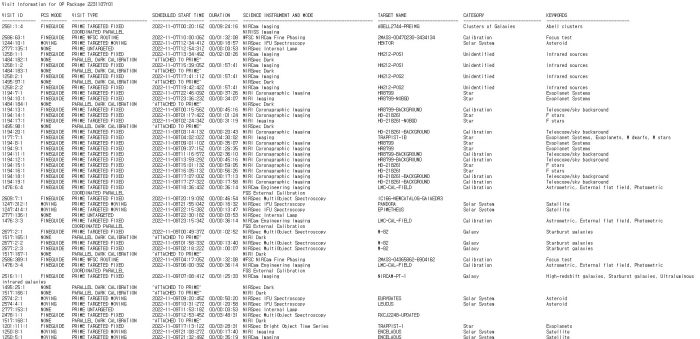
NASA is releasing photos of James Webb that have been peer-reviewed. Since September 19, we have been announcing “pre-released” images every other week through the official blog. While scientific papers must be peer-reviewed to be recognized, they are sometimes “pre-published” without peer review to facilitate information sharing.
The method of publishing these documents exploded during the COVID-19 outbreak. It has been used as “collective intelligence” around the world, such as the rapid sharing of the coronavirus genome sequence. Even NASA accepted this academic climate and decided to share the research results first through James Webb.
Edaily Snaptime features some interesting pre-posted images from James Webb.
◆ Wolf Rayet 140 cosmic ring
Dr Ryan Lau of the US National Science Foundation observed the strange wavelength of Wolf-Rayet 140 in the constellation Cygnus through James Webb and announced the results on the 12th of last month. Patterns that look like tree rings are spreading from this binary star. Telescopes on Earth could only see two patterns, but James Webb could see up to 17. When Dr. Ryan first saw this photo, he said he suspected the light was too strong to create an optical illusion .
Dr. Ryan called this model a “dust shell.” Wolf-Rayet stars are very massive stars that risk becoming black holes and have the property of dispersing enormous quantities of gas around them. In WR140, however, the two stars interacted and formed an unusual tree-ring-shaped pattern. Over an eight-year cycle, as the stars get closer to each other, a lot of gas and dust is produced, and as they move away from each other, the gas decreases, resulting in the “ring rings”.
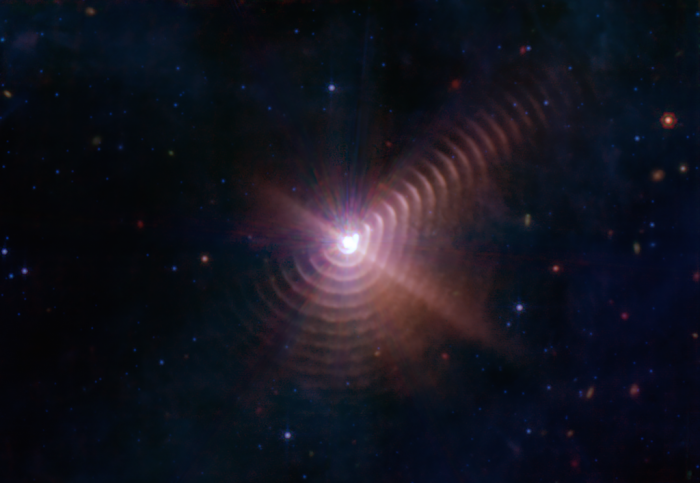
◆ An early universe seen through a gravitational lens, it turns out that there were two points
On the 26th of last month, a team led by Dr Dan Coe of the European Space Agency examined the MACS0647 galaxy cluster, famous for its gravitational lensing. The cluster is so heavy that light bends, the “farthest galaxy in the universe” MACS0647-JD can be seen behind it. Use the cluster itself as a “telescope” to view distant galaxies.
Do you like this article?
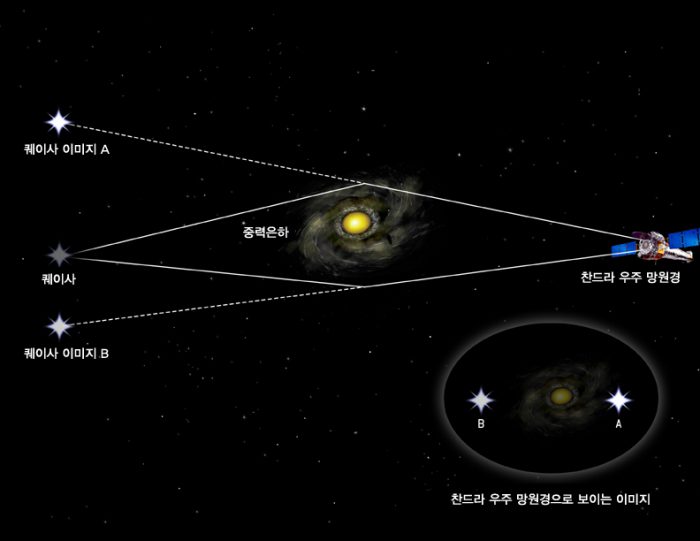
The part with the gravitational lens does not look like the original star, but it enlarges and deforms, or in some cases appears multiple. MACS0647-JD is also a galaxy visible in three images due to gravitational lensing. Dr. Dan Coe first discovered MACS0647-JD through the Hubble telescope in 2012. On Hubble, MACS0647-JD looked like a “red dot”, but when I looked again with James Webb, I found there were two bumps.
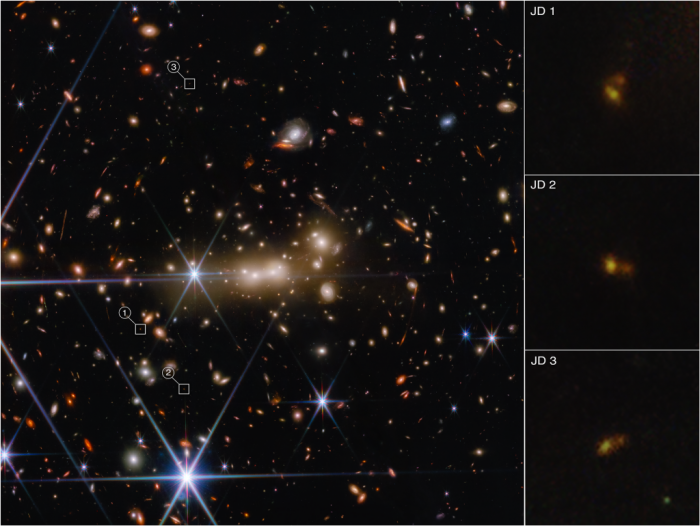
Dr Dan Coe said he has not yet been able to determine whether these two masses are ‘stars’ or ‘galaxies’. However, the researchers are very excited, saying: “It could be a galactic merger in the early universe.” “Studying them could help us understand how they evolved in galaxies like the one we live in today,” the researchers hope, “it could also tell us how the universe evolved over time.”
More specifically, the light we see from MACS0647-JD dates back a whopping 13.3 billion years. Since the universe is approximately 13.7 billion years old, MACS0647-JD will provide valuable insights into the study of early galaxies.
◆ James Webb’s incredible zoom abilityWLM extension
On the 9th, Professor Kristen McQuinn of Rutgers University observed the dwarf galaxy WLM and experienced James Webb’s incredible “zoom ability”. WLM, a nearby galaxy 3 million light-years from Earth, has attracted the attention of astronomers because it is densely populated with stars, despite a lack of dust and gas compared to other larger galaxies.
The team noted that WLM is an “antisocial” galaxy that is hardly affected by other galaxies. Also, because it has a chemical composition similar to that of galaxies in the early universe, there is hope for gaining insight into how stars formed in the early universe.
What surprised the research team more than anything was the discovery of “more stars” than they hadn’t seen with conventional telescopes. James Webb identified a myriad of stars in WLM that differed in color, size, temperature, age, and evolutionary stage.
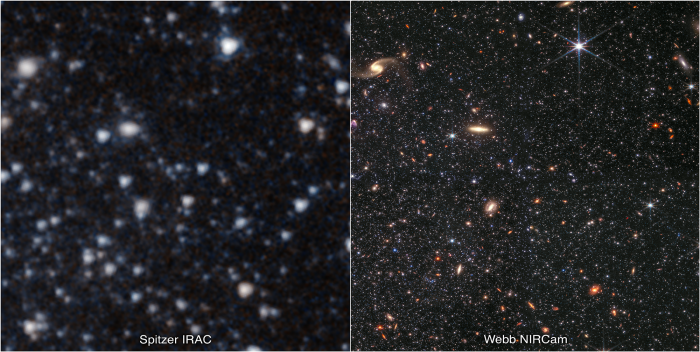
In the meantime, we have prepared another video showing James Webb’s amazing “zoom ability”. The Canadian Space Agency (CSA) shared a video on its official Twitter on the 7th of last month, starting with a video taken by the Very Large Telescope (VLT) located in the highlands of Chile and ending with a photo of James Webb. The video begins with the Milky Way, which stretches beautifully across the night sky, and reaches up to the nearby Large Magellanic Cloud and the Tarantula (Tarantula) Nebula within it. The last image in the video is James Webb’s capture of numerous stars in the Tarantula Nebula that have been hidden from view by dense gas. Feel the vastness of the universe.



